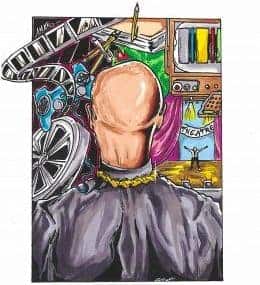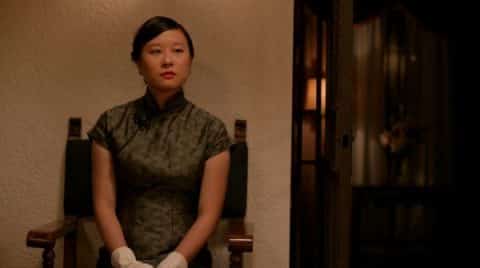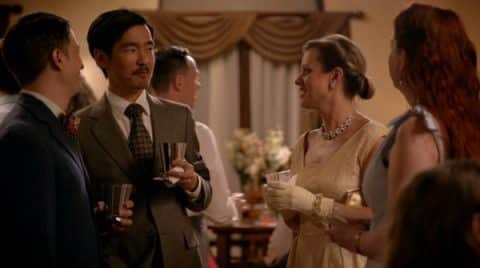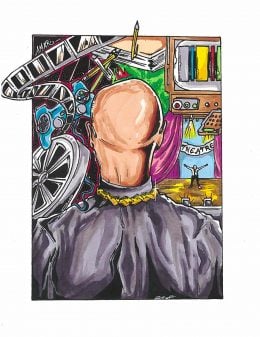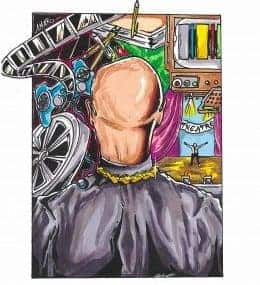June – Recap/ Review (with Spoilers)
In the civil rights era, and before, it is easy to forget it was more than a Black and white issue. There were also those who didn’t fit in either box. June gives a glimpse of their story. [adinserter name=”General Ads”] Director(s) Huay-Bing Law Screenplay By Katherine Craft Date Released 9/1/2018 Genre(s) Drama Good If…
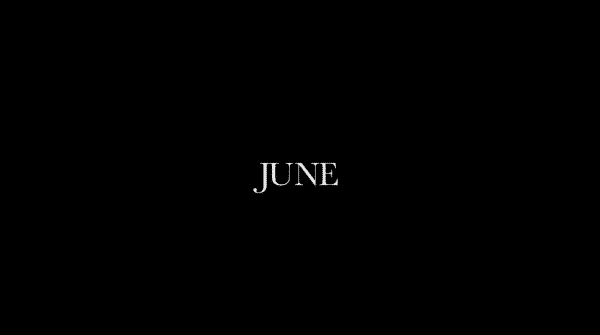
Spoiler Alert: This summary and review contains spoilers.
Additionally, some images and text may include affiliate links, meaning we may earn a commission or receive products if you make a purchase.
In the civil rights era, and before, it is easy to forget it was more than a Black and white issue. There were also those who didn’t fit in either box. June gives a glimpse of their story.
[adinserter name=”General Ads”]
| Director(s) | Huay-Bing Law | |
| Screenplay By | Katherine Craft | |
| Date Released | 9/1/2018 | |
| Genre(s) | Drama | |
| Good If You Like | History
The Question of Where Asian Americans Fit Post-WWII in American Society |
|
| Noted Cast | ||
| June | Ching Wang | |
| Gene | Joe Lee | |
Images and text in this post may contain affiliate links which, if a purchase is made from those sites, I may earn money or products from the company. Most affiliate links contain an upward facing, superscript, arrow.
Summary
It’s 1955 in Texas, and June, with husband Gene, are going to a party at his alma matter. It’s a slightly awkward affair since they are the only Asian people in the room and June’s English isn’t at a conversational level. However, she catches onto a dance they do and it makes her feel part of the gang.
That is, until she comes across a segregated bathroom and there isn’t one clearly for her. White women in one, Black women in another, so where is she to go? And with that issue, she feels like an outsider once more and questions how does her husband deal with it?
[adinserter name=”In Article”]
Highlights
It Reminds You Segregation Wasn’t Just A Black and White Thing
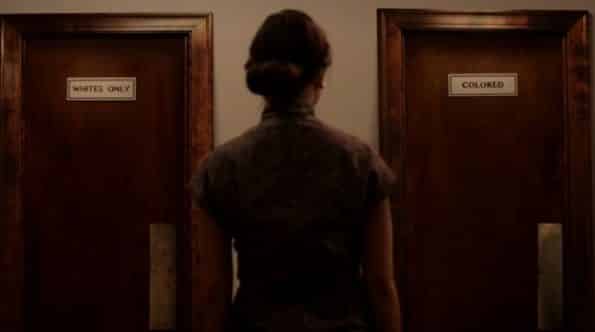
When it comes to people of color in America, usually it is a Black or white thing. In middle and elementary school, the Civil Rights movement deals with Martin Luther King Jr., Malcolm X, and doesn’t really speak much on how other ethnicities besides those two dealt with everything. The Latinx and Caribbean community got lumped in with African-Americans, and Jewish people supported African-Americans to some degree, like taking part in the creation of the NAACP. However, as for the role Asian people played?
There is, of course, Grace Lee Boggs’ role, and there are connections between Black Liberation and the growth of Asian American as an identity as well. However, if you are like June, and your husband has found some kind of acceptance within a white world, much less a white and southern world, where do you fit in and what do you do? Not everyone has desires or plans to be a revolutionary. Many were aware of marches and protests but that doesn’t mean they participated. Also, many doesn’t mean all.
And that is one of the things you have to love about June. It presents that question, in the racial dichotomy of America in 1955, what was the Asian presence considered? The 1882 Chinese Exclusion Act was but a generation past, the Immigration Act of 1924 was closer, and the 1942 Executive Order 9066 but 13 years ago. So for women like June, an immigrant and reliant on her husband to navigate the racism of Texas, what could she do? What would be her story? How would she survive being smiled at one minute and whispered about just because she needs to use the bathroom and assumes, because of how chummy she is with the white folk, she has gotten past the gatekeeper?
[adinserter name=”Box Ads”]
Overall: Positive (Worth Seeing)
This is the type of short which really makes me wish American history was more diverse in the formative years. That learning about Asian American, Black American, Latinx American, and etc history wasn’t an elective but part of the core curriculum. Particularly since my enjoyment of reading doesn’t extend much into the academic genre.
But, that is why shorts and films which tackle the subject matter like June need to exist. For we each learn and absorb things in different ways. And the visual of June unsure, after dancing and having a good time, which bathroom she can walk into speaks volumes. And if we are to see Crazy Rich Asians as the start of something, one can only hope more shorts, and eventually films, like June find a place amongst the movement.
Follow Wherever I Look on Twitter, Like us on Facebook and Subscribe to the YouTube Channel.
Check Out Other Movies.
[adinserter name=”Amazon – Native Shopping Ads”]
